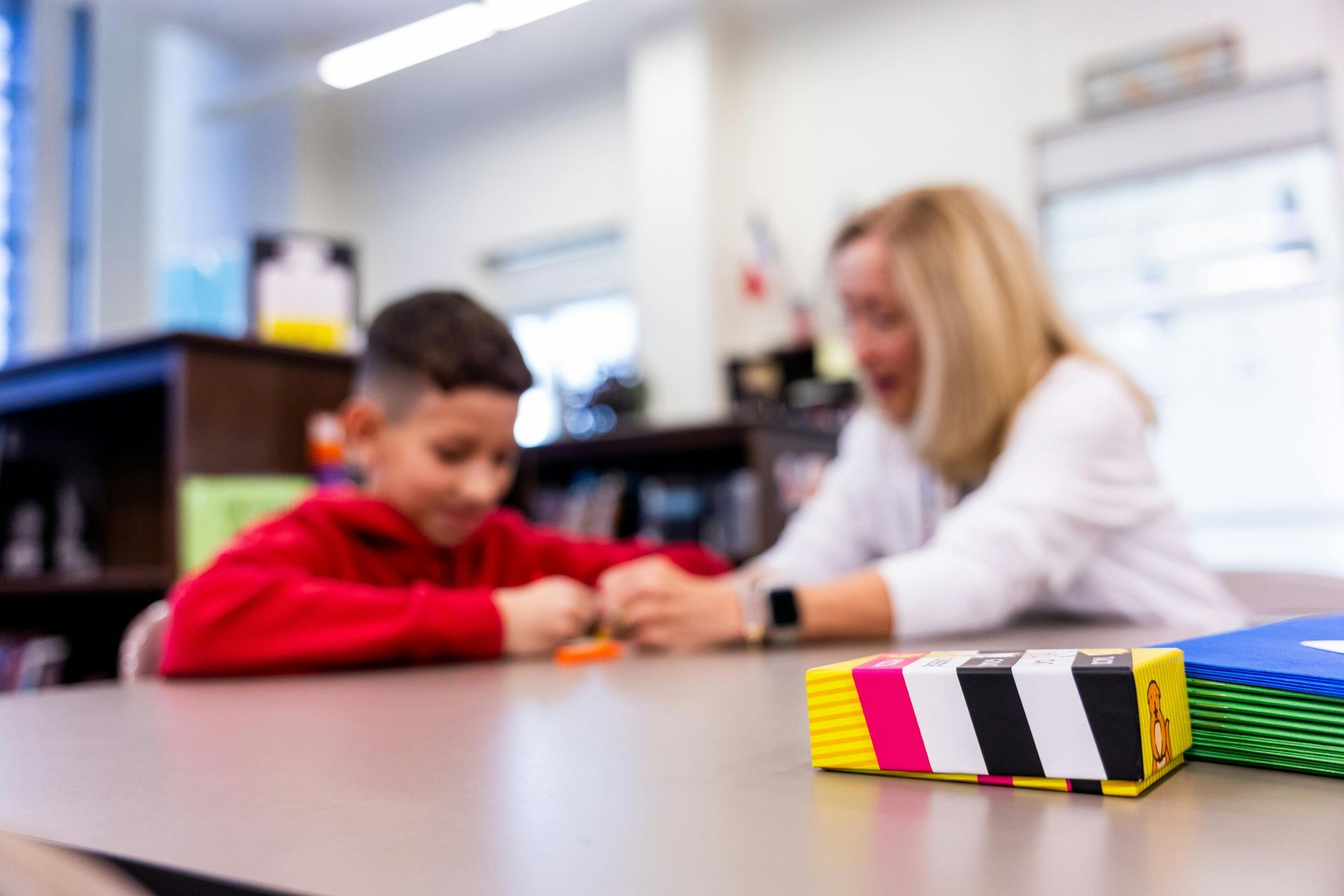Understanding Teacher Aide Pay & Compensation: Pay Scales in Australia
Teacher Aides play a pivotal role in supporting educators and enhancing the learning experience for students. A common question that is often asked is about their compensation. The team at HARKE will aim to provide insight into all pay scale-related questions for teacher aides, addressing specific regions including New South Wales (NSW), Victoria (VIC) and Queensland (QLD) and other insights. Whether you're considering a career in this field or seeking more information, read on to learn more about teacher aide salaries and pay.
Why Understand Your Teacher Aides Pay & Compensation
A Teacher Aide is someone who assists teachers in a classroom setting, providing support to both educators and students. They play a vital role in creating a conducive learning environment.
Understanding the pay associated with a Teacher Aide role is important for the following reasons.
Firstly, recent graduates considering a career in education may want to weigh their options and understand the financial aspect of being a Teacher Aide before committing to a teaching career. Secondly, individuals who've had children and discovered a passion for education and child development might consider this role as a fulfilling way to contribute. Moreover, those interested in mental health and aiding disadvantaged students may find this role aligns with their interests. Lastly, individuals with expertise in handling disabilities, whether they be learning or physical, may seek to leverage their skills in a classroom setting while also considering the compensation they can expect.
Understanding the pay helps individuals make informed decisions about their career path in education support.
What is a typical Teacher Aide Pay?
Teacher aide pay can vary significantly depending on factors such as location, level of education, experience, and the type of institution (public school, private school, etc.). This makes it difficult to provide a blanket pay figure without taking into account all the variables.
Let’s take a look at NSW, VIC and QLD in Australia as it will give a better idea of Teacher Aide pay and salaries.
How Much Do Teacher Aides Get Paid in NSW?
Teacher Aide Pay NSW
In New South Wales, the average teacher aide pay ranges from AUD $25 to $35 per hour.
Teacher Aide Salary NSW
A Teacher Aide's salary in New South Wales typically ranges from AUD $46,000 to $60,000.
These figures can vary based on factors such as experience, qualifications, and the specific educational institution that can influence this figure. Additionally, permanent or full-time positions may offer benefits like paid leave and superannuation contributions.
How Much Do Teacher Aides Get Paid in Victoria?
Teacher Aide Pay Victoria
A teacher aide in Victoria can expect an average hourly wage between AUD $26 and $38.
Teacher Aide Salary Victoria
In Victoria, teacher aide salary on average is between AUD $50,000 and $60,000. Like in NSW, pay scales can fluctuate based on experience and employment status. Permanent and Fixed-Term positions often include benefits that contribute to the overall compensation package.
It is also important to note that some Teacher Aides take on additional responsibilities, such as specialised interventions, one-on-one support or a lot of travel, alongside their core responsibilities. This added effort not only enriches the learning environment but also warrants higher compensation.
How Much Do Teacher Aides Get Paid in Queensland?
Teacher Aide Pay Queensland
In Queensland, teacher aide pay is an average hourly wage ranging from AUD $27 to $37.
Teacher Aide Salary Queensland
Teacher aides in Queensland receive an average annual salary ranging from AUD $52,000 to $68,000. As with other states, factors like experience, qualifications, and employment type significantly influence pay.
Factors Influencing Teacher Aide Salaries:
Experience and Qualifications: Seasoned Teacher Aides with additional qualifications or specialised training may command higher salaries.
Employment Type: Teacher Aides in a Permanent or Fixed-Term (Contract) position often have additional benefits, compared to those in casual employment.
Location: Urban areas may offer slightly higher pay rates compared to regional or rural locations due to cost of living differences. However, you will find that some regional or remote positions have similar allowances for staff depending on location.
Educational Setting: Specialised schools or mainstream schools that have specialised learning support may offer additional salary benefits due to the unique requirements of the role
Extra Responsibilities: It is important to note that some Teacher Aides take on additional responsibilities, such as specialised interventions, one-on-one support or a lot of travel, alongside their core responsibilities. This added effort not only enriches the learning environment but also warrants higher compensation.
Conclusion:
Understanding teacher aide salaries and pay is crucial for education workers considering this rewarding career path. Whether you're in NSW, Victoria or Queensland, knowing the average teacher aide pay scales and the factors that influence them can empower you to make informed decisions about your future in education support. If you're looking for further guidance or career opportunities, don't hesitate to reach out to HARKE Recruitment. We're here to support you on your journey in the education sector and actively fill teacher aide positions across the country.









